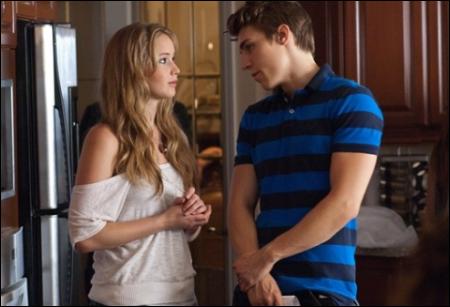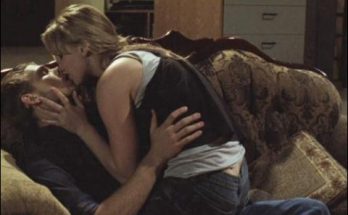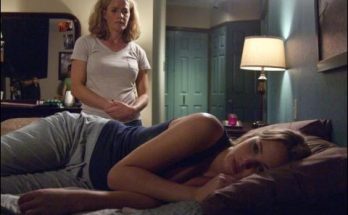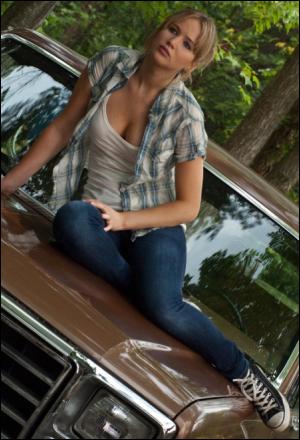That included exploring the relationships between Elissa (Jennifer Lawrence), her mother (Elizabeth Shue), and the enigmatic boy next door (Max Thieriot). “I had just had a child and I felt strongly that I wanted to deal with the issue of parenthood,” says the director. “I never forgot that this film is a thriller, but it is also about parents and how they can help us become who we are. And it’s a love story. A girl moves into a new home. She ends up falling for the neighbor boy who’s been through this horrific event. Everyone in the community is against them. It’s a very romantic notion.”
Before shooting commenced, Tonderai developed what he calls the “bible” for this film, an almost 100-page document that outlines his ideas on character, tone, lighting, themes and more. He distributed the meticulously detailed and lavishly illustrated tome to cast and crew to ensure they were all on the same page during the brief shoot. “It’s crucial when you start a film that you’re all making the same movie in terms of theme, concept and character,” says the director, who created a similar guide for his first film. “Every scene is important. And every scene’s a challenge. We were on a tight schedule and I had to make sure to seize my days.”
Ryder was initially skeptical, but came to understand how essential the bible is to Tonderai’s filmmaking process, and to creating the hair-trigger tension at the heart of the story. “He put a lot into it, a lot of ideas and themes from the movie, as well as how it was going to shoot it, how to light it and the texture of it. A lot of directors don’t think that far ahead.”
While acknowledging the collaborative nature of moviemaking, Tonderai made sure that everyone from actors to department heads to producers to crewmembers had an opportunity to share his vision. “Everyone comes to the material with their own point of view, which is a positive,” he says. “But if the crew doesn’t know what’s in my head or the costume department isn’t aware of what the lighting is going to be, or the gaffer doesn’t know what sort of visual richness I want, then I’m at a disadvantage. With this as a guide, choices were not made based on opinions. They were made based on character and theme and story. There was a reason for everything.”
The extra preparation also helped the shoot go more smoothly. “Every time there was a question, I would say, ‘go to the bible; you will find it all in there.’ It was our guide, our arbitrator, our armor. It informed everybody about the film I wanted to make. I didn’t have to speak. I just showed them my images.”
Line producer Robert Menzies had never seen a director share so much of his advance preparation with the crew. “The bible served the production incredibly well. It was a very intense read. It was very focused and touched on just about every single aspect, allowing the crew to really get inside the head of our director. They understood from that document what his vision was for wardrobe, for art department, for camera—the look of the whole piece. And I think it set the tone for the whole production, so it was a phenomenal piece of work.”
Next Page: Difficult Role for Jennifer Lawrence
Views: 49



